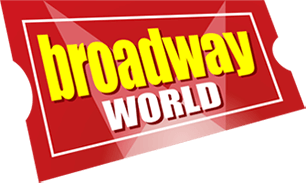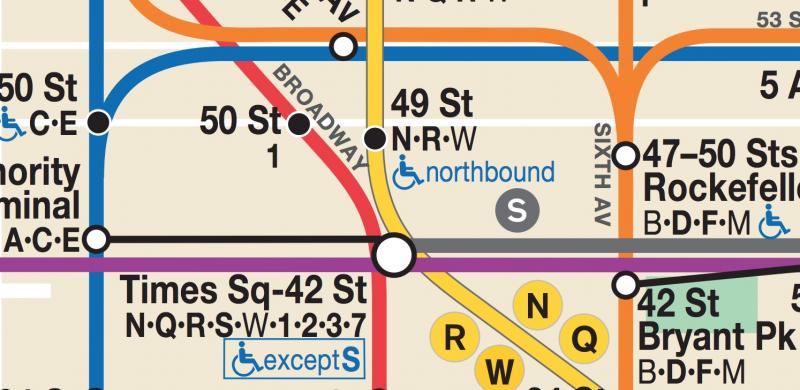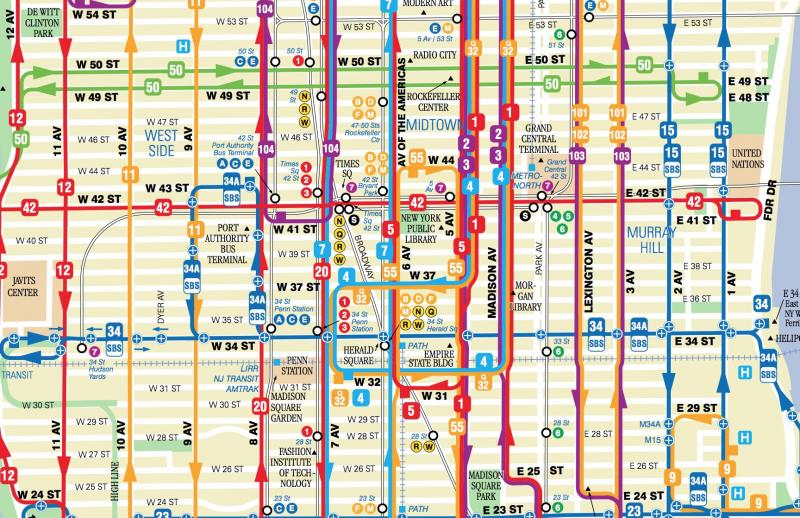How to Get to Times Square in NYC
What kind of transportation can get you to your Broadway show? We have the answers!
You're making plans for your first trip to New York City. Your travel is booked, your hotel stay is confirmed, and most importantly, you just secured tickets to your favorite Broadway show! One small detail that you forgot: how do you get there?
New York City, sprawled over 300 square miles and five boroughs, can be difficult to navigate for first-timers, but that doesn't mean that your trip to the theatre district need be a complicated one. Below, we're breaking down transportation options that will get you to your show in time for curtain!
Getting to a Broadway Theater by Foot:
The streets of NYC are teeming with pedestrians, especially in the theatre district (40th Street-54th Street, 6th Ave-8th Ave). If you're already staying in midtown and you're up for a nice walk, there is no reason that you can't approach your theatre by foot. Keep in mind that 10 short blocks (north-south) cover about a half a mile, while one long block (east-west) is generally three times the distance of one short block.
What does that mean? John Tauranac, tells the New York Times: "At a pace of three miles an hour, you should figure an uptown-downtown walk at about one minute per block, and three to five minutes per crosstown block."
Getting to a Broadway Theater by Subway:
The New York City subway system is expansive, and every Broadway theatre is no more than a couple of blocks from a subway station. That means that no matter where you are staying in the city, whether it be Harlem or Queens, Broadway is no more than a train ride away.
Most Broadway theatres (with the exception of the Vivian Beaumont) are within walking distance of the Times Square-42nd St stop (A, C, E, N, Q, R, W, S, 1, 2, 3, and 7 trains), though some are slightly closer to local stops like 50th Street or 49th Street. Check your theatre location first to find the subway stop that is closest for you.
To use the subway, purchase either a Single-Ride, Pay-Per-Ride or Unlimited Ride Metro Card at a vending machine (found underground). Each subway ride costs $2.90, plus a $1 fee to purchase a new card.
Also- make sure to check mta.info before you leave to make sure that there are no scheduled service changes for the train you intend to take!
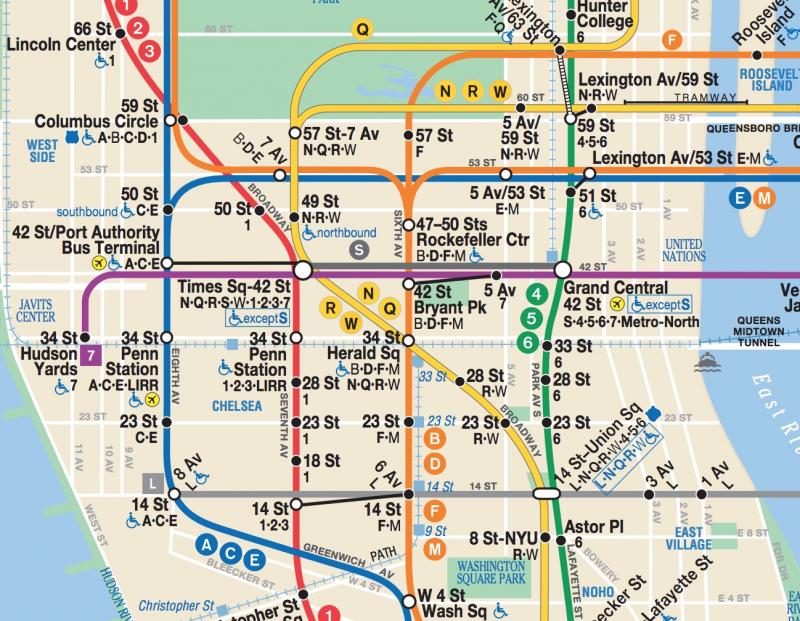
How to swipe a Metro card:
Hold the Metro Card in your right hand with the yellow side facing left. Hold the card so that the black strip is running along the bottom of the card. When you appraoch the turnstile, swipe the card all the way through the reader on the right side of the turnsile and proceed forward.
What Is an OMNY Card?
OMNY Cards are a relatively new payment method that allow the rider to tap to ride instead of swiping a Metro Card. They are available to purchase at select retail locations and subway stations. The card itself costs the same as a Metro Card- $1.
The OMNY Card also allow riders to count rides towards weekly fare capping (see below), where as the Matro Card does not.
How To Tap To Ride in NYC:
Tap to pay is the easiest way to pay your fare to ride the subway or bus in New York City. Simply tap your contactless pay method (credit, debit card, wallet app on your smartphone or watch, or OMNY card) at the screen at the front of the turnstile, AutoGates, or as you board a buses. The screen will indicate if the payment went through.
If it's your first time tapping, you can not use the same payment method to swipe for more than one rider in succession. If you are paying for more than one person in your group, you will need to use a differnt payment methood each time. After the payment is processed by your bank, you can pay for up to four people in the same trip.
After paying for 12 rides ($34) in a a one-week period with the same payment method, future rides within that week are free. This allows riders to get the same deal as buying a 7-Day Unlimited MetroCard, but without commiting to paying the flat rate in advance. Fare-capping resets every seven days.
Getting to a Broadway Theater by Bus:
New York City buses work similarly to the subways (purchase a Metro Card for a ride of $2.90), and generally bus routes stop in areas that are farthest from subway stations. The biggest con? While the ride is cheap, buses are subject to traffic, and since your heading towards Manhattan's busiest intersection, delays can be frequent.
Getting to a Broadway Theater by Yellow Cab/Taxi:
Despite the popularity of car services like Uber and Lyft, New York City's streets are still spotted with yellow. Hailing a cab is easy, just throw your arm into the air to flag an oncoming taxi. If the numbers on the sign on the car's roof are lit, that means it is available. If the sign is unlit it's already occupied.
Once you're in the cab, simply tell your driver where you're going: whether that be an exact address or street corner- just be clear. When you reach your destination, you can pay for your ride with a credit or debit card (via the touch screen in the backseat), by syncing your ride with paymen tapps like Curb (info displayed on the touch screen) or just give your driver cash.
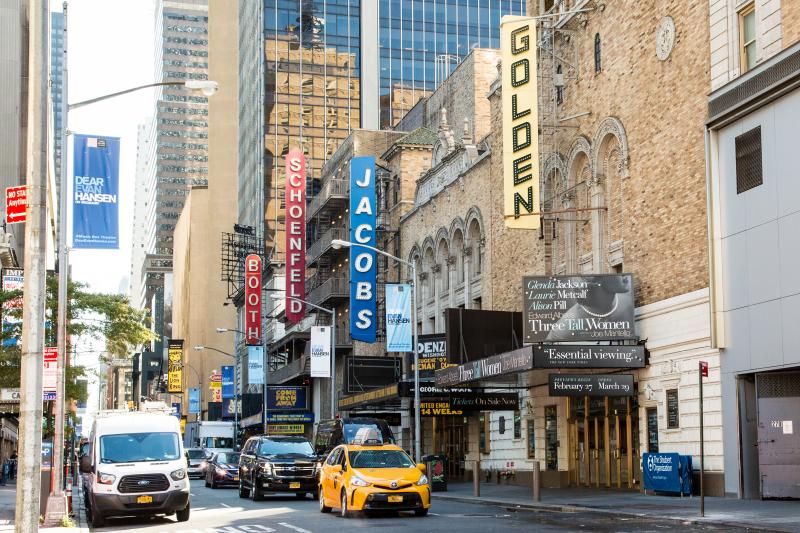
Getting to a Broadway Theater by Uber/Lift:
Generally, a ride via Uber or Lyft will cost the same as a taxi ride. Though cabs are generally easier to spot on a busy street, there are two major pros in choosing a car service over a yellow cab.
1. If you are traveling from an outer-borough, taxis can be harder to come by. Booking a car can be both faster and easier if you're traveling from outside Manhattan.
2. There are no fare surprises. Instead of getting your grand total at the end of your trip, Uber and Lyft calculate the cost of your ride before you step into the car.
Getting to Times Square from LaGuardia Airport:
Taxi or Rideshare
Yellow Cab: No flat fare to Manhattan, but expect around $40–$60 plus tolls and tip.
Uber / Lyft: Typically $40–$70, depending on traffic and time of day.
Estimated time: 30 to 60 minutes
Subway/Bus
M60 SBS + Subway: Take the M60 Select Bus Service (SBS) from LGA to 125th Street & Lexington Avenue. Transfer to the 4, 5, or 6 subway line downtown to Grand Central. From there, take the shuttle (S) or 7 train to Times Square.
Total cost: $2.90 (with free transfer)
Estimated time: 60 to 75 minutes
Q70 SBS + Subway: Take the Q70 SBS from LGA to Jackson Heights–Roosevelt Ave station. Transfer to the E, F, or R subway line to Times Square–42nd Street.
Total cost: $2.90 (with free transfer)
Estimated time: 45 to 60 minutes
Note: The Q70 is express and designed for airport travel, with luggage space available.
Airport Shuttle Services
Options like Go Airlink NYC or other shared van services can drop you off near major hotels in Times Square.
Cost: Around $25–$40 per person
Estimated time: 60 to 90 minutes
![]()
Getting to Times Square from JFK Airport:
Taxi or Rideshare
Yellow Cab: Flat fare of $70 (plus tolls, tip, and possible surcharges) from JFK to anywhere in Manhattan.
Uber / Lyft: Typically ranges from $70–$100+, depending on time of day and demand.
Estimated time: 45 to 75 minutes, but can be slower during rush hour.
Subway/Bus
AirTrain + E Subway Line: Take the AirTrain from JFK to Sutphin Blvd–Archer Ave–JFK station. Transfer to the E train toward Manhattan and get off at 42nd Street–Port Authority (Times Square).
Total cost: $8.75
Estimated time: 60 to 75 minutes
AirTrain + LIRR + Subway: Take the AirTrain to Jamaica Station. Transfer to the Long Island Rail Road (LIRR) to Penn Station. Walk or take one subway stop to Times Square.
Total cost: $13–$17 (depending on time of day)
Estimated time: 40 to 60 minutes
Airport Shuttle Services
Cost: Around $30–$50 per person
Estimated time: 60 to 90+ minutes
Getting to Times Square from Newark Airport:
Taxi or Rideshare
Yellow Cab: No flat fare; typically $70–$100 with tolls and tip.
Uber / Lyft: Usually $70–$120, depending on traffic and time of day.
Estimated time: 45 to 75 minutes
Public Transit
AirTrain + NJ Transit: Take the AirTrain from your terminal to Newark Liberty Airport Station. Transfer to NJ Transit train to New York Penn Station. Walk (~10 mins) or take 1, 2, 3, A, C, or E subway lines one stop to Times Square–42nd Street.
Total cost: $15.75
Estimated time: 45 to 60 minutes
Express Bus
Take the Newark Airport Express bus operated by Coach USA. Drops off at Port Authority Bus Terminal, which is right next to Times Square.
Cost: $18 one-way / $30 round trip
Estimated time: 60 to 90 minutes
Shared Shuttle Services
Cost: $30–$50 per person
Estimated time: 60 to 90+ minutes
Getting to Times Square from Penn Station/Moynihan Train Hall:
Follow the signs in to the 1/2/3 uptown subway platforms. Ride the train one stop to 42nd Street. Or leave the building and walk 8 blocks north along 7th Avenue.
![]()
Getting to Times Square from Grand Central Station:
Follw the signs to the Times Square-bound S subway platform. Or leave the building and walk 4 Avenues west along 42nd Street.
Getting to Times Square from Port Authority:
You're practically there! Leave the building and walk one Avenue east to 7th Avenue.
The Bottom Line:
Don't let New York City's many transportation options stress you out. If millions of New Yorkers can do it every day, so can you!

Videos
